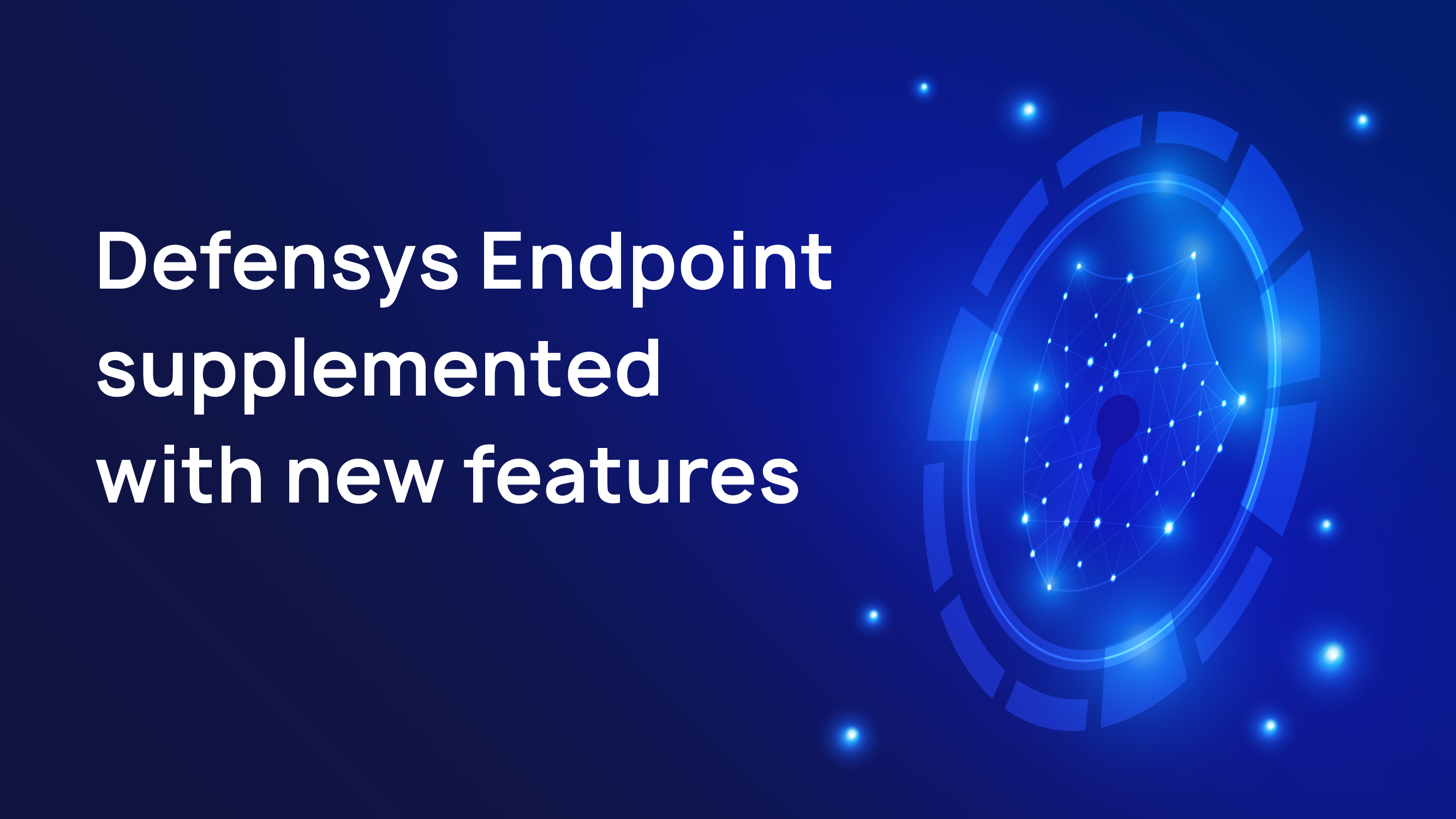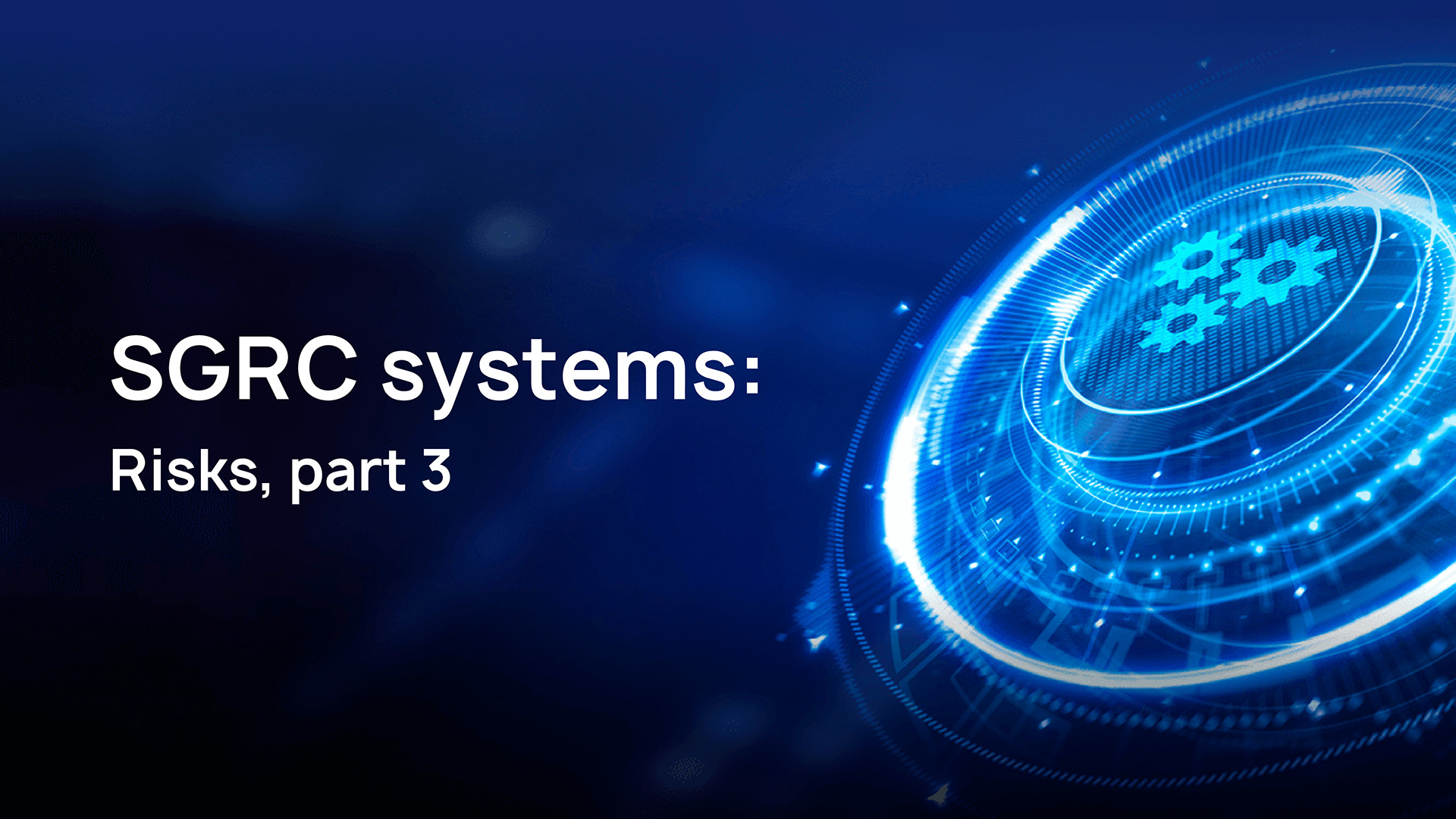


Defensys has introduced an updated technology of Defensys Endpoint for data collecting, detection and response on endpoints. Among the key changes is the enhanced number of integrations with other Defensys products. The vendor has also improved events collecting and added new response techniques.
The Defensys Endpoint technology expands functionalities of other technologies and offers additional advantages for users. Thanks to the Defensys Endpoint each user is able to conduct detailed asset inventory, detect threats and respond directly on endpoints. Users now can also automatically conduct technical audit of all popular operation systems according to cyber security standards.
Due to these innovations the Defensys Endpoint can be used as a sensor for IoC detection on servers and users workstations in the company’s infrastructure. Now users can receive events independently from configurations of other security systems and also from the node’s location – inside or outside the organization. The feature was supplemented as a result of integration with the Defensys TIP.
Besides, the developer created a new integration with the Defensys SGRC Platform, which allows users to conduct technical audit of the node according to legislation and chosen security level. This way you can check correctness and optimality both of operating system and application software settings and make sure the node complies with the requirements.

The main purpose of a risk assessment is to form a strategy to avoid or mitigate the damage of potential cyber incidents.
But while audits are about the present (there is a certain requirement – it is not being met now, the picture is clear), in the context of future threats, it can be extremely difficult for CS staff to explain to management the purpose of allocating the budget. A risk assessment helps to translate the needs of the CS department into the language of the business and communicate the importance of the information received.
At the same time, SGRC solutions strengthen communication with the business, allowing the removal of higher-level risks from technical ones, as well as automatically generating understandable graphs and visual dashboards to simplify this communication without additional time expenditure on the part of employees.
Accumulating technical data about the state of CS is an important but not the last task. To make a breakthrough in the quality and effectiveness of the IS system, this data needs to be contextualized and properly analyzed.
But in an ideal worldview, of course, one would like to use the SGRC system after its implementation not “in a vacuum” but to aggregate in it information useful in terms of processes automated by the SGRC system.
